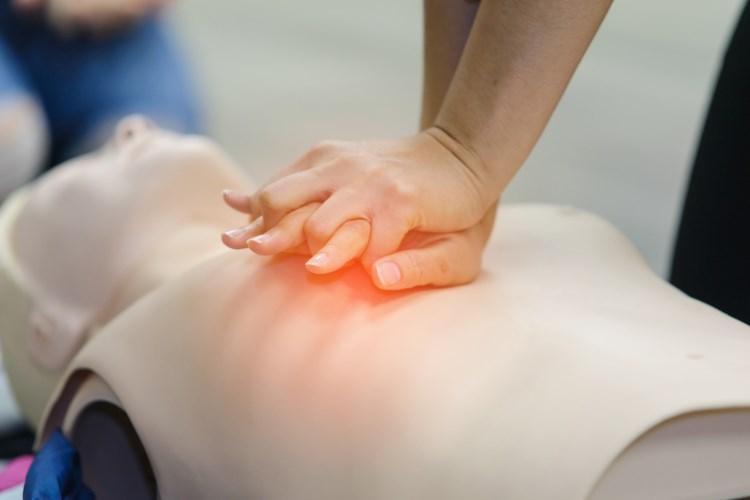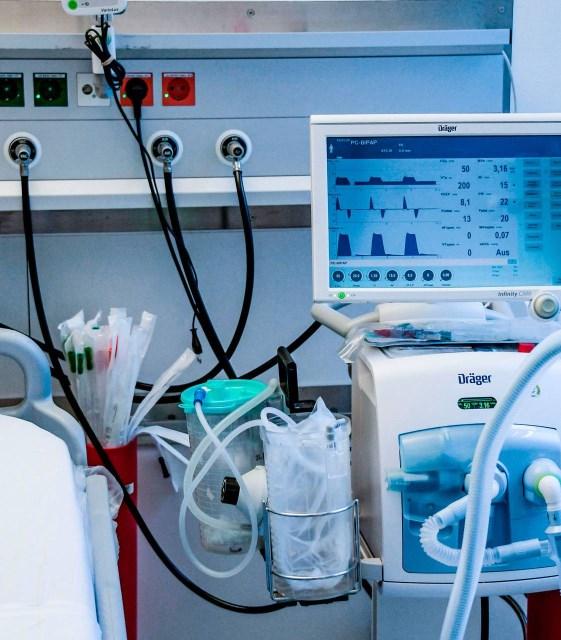
3 minute read
Medicine on TV
Medicine and Television
by Kapee T. (Trainee Doctor)
Fictional medical television programs have long been an essential part of television programming, and they remain popular until today. City hospital was the first medical show to be aired. Since the success of the show Dr Kildare in the 1960s, the medical drama has been one of television's most popular genres, but how accurate are these in reflecting the medical profession. Medical dramas since then seem to have dispensed with realism, embracing ever-wilder and dramatized storylines. Despite Medical dramas often using medical advisors who help the writers to stay as medically accurate as possible. Medical literature portrayed in these programs use a span of unusual case studies that do not need to be fictionalised for entertainment purposes, reviewing cases with practicing doctors or nurses will bring an abundance of realistic entertaining stories fit for any medical drama. While some aspects of the shows are plausible, due to the need to compress a full story line into an hours episode, the reality is blood tests can take hours and scheduling nonurgent CT scans take several days and not mere minutes as portrayed.
Due to the success of ER, it paved the way for medical schools in United States where students were shown effective patient interaction and reviewed certain cases. Medical shows have had immense impact on not only health care providers, but the perception of patients. Recent study showed viewing fictional medical television programs had a negative influence on viewers’ health-related knowledge, expectation, perceptions and/or behaviour. As an example the show House has contributed to some misconceptions; we can see in an episode where Dr House performs gastroscopy which is generally done by a Gastroenterologist and on the following episode he does a brain biopsy which are done by highly skilled and specifically trained Neurosurgeons. Despite the unrealistic depiction of the doctors who part take in all procedures, Dr House’s duties go beyond the hospital and expand to breaking into patient homes solving mysteries.
This does not only show an unlikely representation of the medical profession but crosses borders of illegal activities both for patient care and society. An article on BBC reported ‘A team of medical researchers recently watched 271 episodes of primetime hospital drama and observed more than 1,000 individual examples of unprofessional behaviour’. The most unrealistic of these the is the cardio-pulmonary resuscitations; 40% of patients who receive CPR in a hospital survive, however only 20% survive long enough to be discharged. Only in medical dramas can you see a patient walk out of the hospital on the same day following successful CPR. Even if the CPR is successful- a patient needs to be monitored and a cause needs to be identified. In medical dramas 75% of people who receive CPR are alive immediately afterwards and discharged within the same day.

During the peak of the COVID pandemic-fully operational ventilators from the Holby City set arrived at the new Nightingale Hospital. It was cheaper for the show producers to purchase a fully functional ventilators than to create a model. Another example of the extent to which these producers will go in order to make it more realistic is shown in the program Call the midwife, which spent £5000 per prosthetic baby.
Although the current medical dramas are getting more realistic, like any other dramas exaggeration is inevitable in order to clasp the attention of viewers. However, it is the responsibility of the viewers to recognise that the aim of the medical dramas is for entertainment purposes and should not overlook the logic and dramatization. While medical students can pick up on certain aspects of the show, students should be prepared for years of dedication and hard work to become a successful medical professional. Diagnosis should be made from patient interaction, biopsy performed by the dedicated expert but breaking into patients homes only result in prison sentence; should be noted by Dr House!






